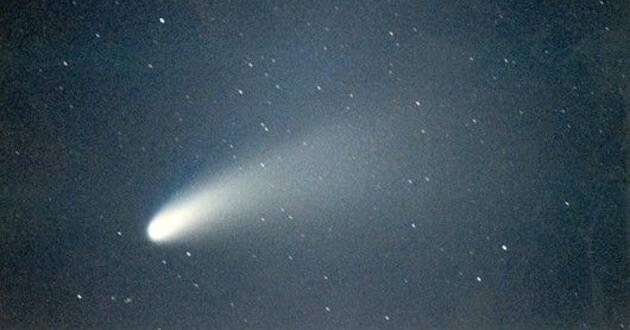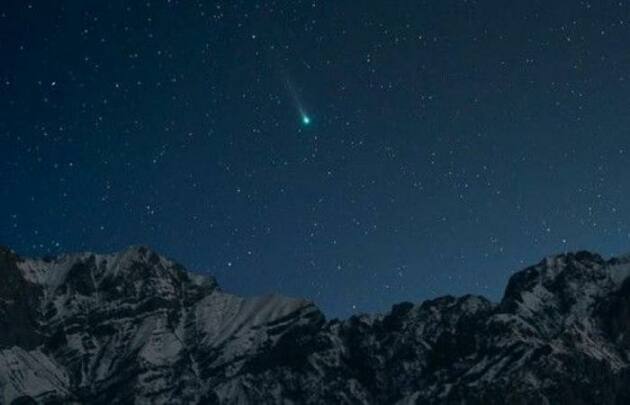“Christmas comet” expected to be visible tonight

Comet Leonard will make a close approach to Venus two days before Christmas after passing by the Earth just a few days ago. According to an Arizona State University astronomer, the comet can be seen low in the southwestern sky just around sunset.
The comet will come so close to Venus Thursday night that its discoverer likened it to a “cosmic close call.”
“There is a small chance Venus will pass close enough to the comet’s path where it may pick up some dust grains in its atmosphere, producing a meteor shower on our neighboring planet,” Gregory Leonard, a senior research specialist at the University of Arizona Lunar and Planetary Laboratory and the discoverer for whom the comet is named.

While scanning the night sky last January, Leonard discovered the comet while looking for near-Earth asteroids. The tail of the comet was a dead giveaway, he said. Another incredible feature is how fast it’s moving. According to Star Walk, the comet is traveling at 43 miles per second. Because of its speed, the comet’s position will change every day when observers view it from the Earth.
“I feel there is going to be something to be seen even for the casual observer,” Leonard said. “Find yourself a dark sky with a good view of the horizon, bring binoculars and I think you may be rewarded.”
I caught a comet!!! 🤯
This is the Christmas Comet Leonard captured in the Blue Mountains using my Google Pixel 6 on astrophotography mode. I am SO impressed with how well it worked!
Great night with great people! @CosmicRami @deeptwilight @SciencePetr @riding_red pic.twitter.com/ln54WqKez7
— Kirsten Banks (@AstroKirsten) December 22, 2021
According to astronomers, this isn’t the first time Comet Leonard has been through our solar system. They speculate that 80,000 years ago, the comet encountered the sun for the first time, before hurtling back into the depths of space. It took 40,000 years for the comet to make a return appearance.
Leonard reminded amateur astronomers that if they do get to see it, to take a good look, because Comet Leonard won’t be back. The Apostle Jude may have been describing comets when he wrote in his brief epistle in the Bible’s New Testament about “wandering stars,” according to the Institution of Creation Research.
–Anita Widaman | Metro Voice







